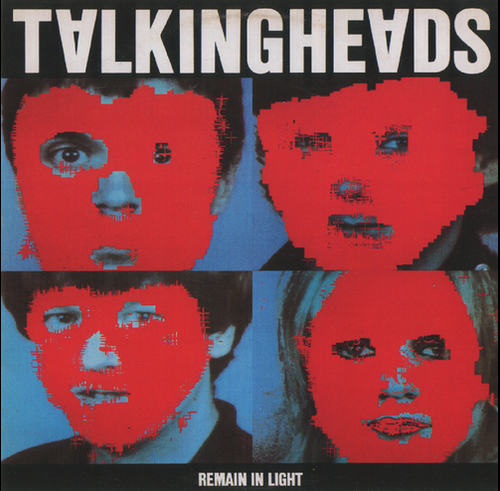You are here
Teaching Context with Album Covers
Primary tabs

This lesson plan uses album covers and music to help students (1) utilize vocabulary and (2) consider the importance of context in rhetorical analysis.
handouts, Internet, screen projection, audio, and computers for students groups (optional), website/Spotify for posting images and music (optional)
In this assignment, students examine a group of album covers twice: first without the music and then along with. Examining album covers one step at a time allows students to see the payoff of careful analysis. This exercise also helps students understand the importance of context when analyzing a piece.
Pro tip: My students were more responsive when asked to analyze new album covers that they had not yet seen for music they had not yet heard. To find new albums for this, I found this guy is pretty useful.
- Prepare a sideshow with album covers (I used 5)
- Prepare a playlist of songs corresponding to the album covers (I used spotify)
- Prepare a packet of handouts for students. For each album cover you show, have a sheet with the same questions on both sides. Label one side A and the other side B. On mine, I asked: What emotions might this artist invoke? How? What does this album cover suggest about the artist? How? What values does the audience hold that this artist might appeal to? What kind of style is used and for what purpose?
- Distribute packets and explain to students the exercise
- Have students answer the questions the on “Side A” as you show the album covers without music
- Have students flip their packets over to "Side B" and repeat slide show for students (I spent about 1 minute or show per album cover)
- Put students into small groups to discuss their findings
- Discuss findings with students; ask: How did your responses differ when you heard the music?
Use packet of handout to take notes
Answer the questions the on “Side A” when we look at the album covers without audio
When you reach the end of your packet, flip it over to “Side B”, now answer the questions again
Get into groups of 3 to 4, discuss some of the differences you found between your notes
-

- Log in to post comments

